History of NASCAR and its tracks
NASCAR was founded in 1948 by Bill France Sr., who had a vision to create a unified racing organization that would promote and regulate stock car racing. The first NASCAR race was held on the beach at Daytona Beach, Florida, in 1948, and it was won by Red Byron. Since then, NASCAR has grown to become one of the most popular racing sports in the world, with millions of fans tuning in to watch races on a regular basis.
One of the most fascinating aspects of NASCAR is the evolution of its tracks. In the early days of the sport, races were held on dirt tracks and small ovals. But as the sport grew in popularity, so did the need for faster and more challenging tracks. Today, NASCAR tracks come in all shapes and sizes, from the high-speed super-speedways to the short tracks that require more finesse and skill.
The evolution of NASCAR tracks
The first NASCAR tracks were nothing like the high-speed super-speedways we see today. In fact, the original tracks were often dirt tracks that were little more than an oval with a few turns thrown in. But as the sport grew in popularity, so did the need for faster and more challenging tracks.
In the 1960s, NASCAR began to build larger tracks that could accommodate higher speeds and more fans. One of the first of these tracks was the Charlotte Motor Speedway, which was built in 1960 and quickly became one of the premier tracks in NASCAR. Since then, NASCAR has continued to build larger and more challenging tracks, with some of the most iconic tracks in the world being over two miles long.
The most iconic NASCAR tracks in the United States
There are dozens of NASCAR tracks in the United States, but only a handful of them can be considered truly iconic. These tracks have a rich history and have played host to some of the most memorable races in NASCAR history. Let's take a look at some of the most iconic NASCAR tracks in the United States.
Daytona International Speedway: The birthplace of NASCAR
Daytona International Speedway is perhaps the most iconic track in NASCAR history. Built in 1959, it was the first super-speedway in NASCAR and quickly became one of the most popular tracks on the schedule. The track is known for its high speeds and steep banking, which allows drivers to race at speeds of over 200 miles per hour.
One of the most famous races in NASCAR history was the 1979 Daytona 500, which saw an epic battle between Richard Petty and Cale Yarborough. The race ended in a brawl between the two drivers and helped to cement Daytona's place in NASCAR history.
Talladega Superspeedway: The fastest track on the NASCAR schedule
Talladega Superspeedway is the largest track in NASCAR, with a length of 2.66 miles. It is also one of the fastest tracks on the schedule, with drivers routinely racing at speeds of over 200 miles per hour. The track is known for its steep banking, which allows drivers to take corners at high speeds without losing control of their cars.
One of the most famous races in NASCAR history was the 2000 Winston 500, which saw Dale Earnhardt Sr. win his 76th and final race at Talladega. The race is remembered for its dramatic finish, with Earnhardt passing his son Dale Jr. on the final lap to take the checkered flag.
Bristol Motor Speedway: The world's fastest half-mile
Bristol Motor Speedway is one of the most unique tracks in NASCAR, with a length of just 0.533 miles. Despite its small size, the track is known for its high speeds and tight turns, which require drivers to use a great deal of finesse and skill to navigate.
One of the most famous races in NASCAR history was the 1999 Goody's Headache Powder 500, which saw Dale Earnhardt Sr. win his ninth and final race at Bristol. The race is remembered for its dramatic finish, with Earnhardt passing Terry Labonte on the final lap to take the checkered flag.
Charlotte Motor Speedway: The home of NASCAR
Charlotte Motor Speedway is one of the oldest and most iconic tracks in NASCAR history. Built in 1960, it is known for its high speeds and challenging corners, which have made it one of the most popular tracks on the schedule.
One of the most famous races in NASCAR history was the 1984 Coca-Cola 600, which saw Richard Petty win his 200th and final race at Charlotte. The race is remembered for its emotional finish, with Petty's fans cheering him on as he crossed the finish line.
Darlington Raceway: The track "too tough to tame"
Darlington Raceway is one of the most challenging tracks in NASCAR, with a length of just 1.366 miles. It is known for its narrow turns and high speeds, which have earned it the nickname "the track too tough to tame."
One of the most famous races in NASCAR history was the 2003 Carolina Dodge Dealers 400, which saw Ricky Craven win by just .002 seconds over Kurt Busch. The race is remembered for its dramatic finish, with Craven and Busch battling it out for the win in the final laps.
The future of NASCAR tracks
NASCAR is a sport that is constantly evolving, and its tracks are no exception. In recent years, there has been a trend towards building more modern and technologically advanced tracks that can provide a better experience for fans and drivers alike.
One of the most notable examples of this is the Texas Motor Speedway, which was built in 1996 and quickly became one of the most popular tracks on the schedule. The track is known for its state-of-the-art facilities and amenities, which have helped to attract a new generation of fans to the sport.
As NASCAR continues to grow and evolve, it is likely that we will see more new and exciting tracks added to the schedule. Whether they are high-speed super-speedways or short tracks that require finesse and skill, one thing is certain: NASCAR's most iconic tracks will continue to thrill fans for generations to come.
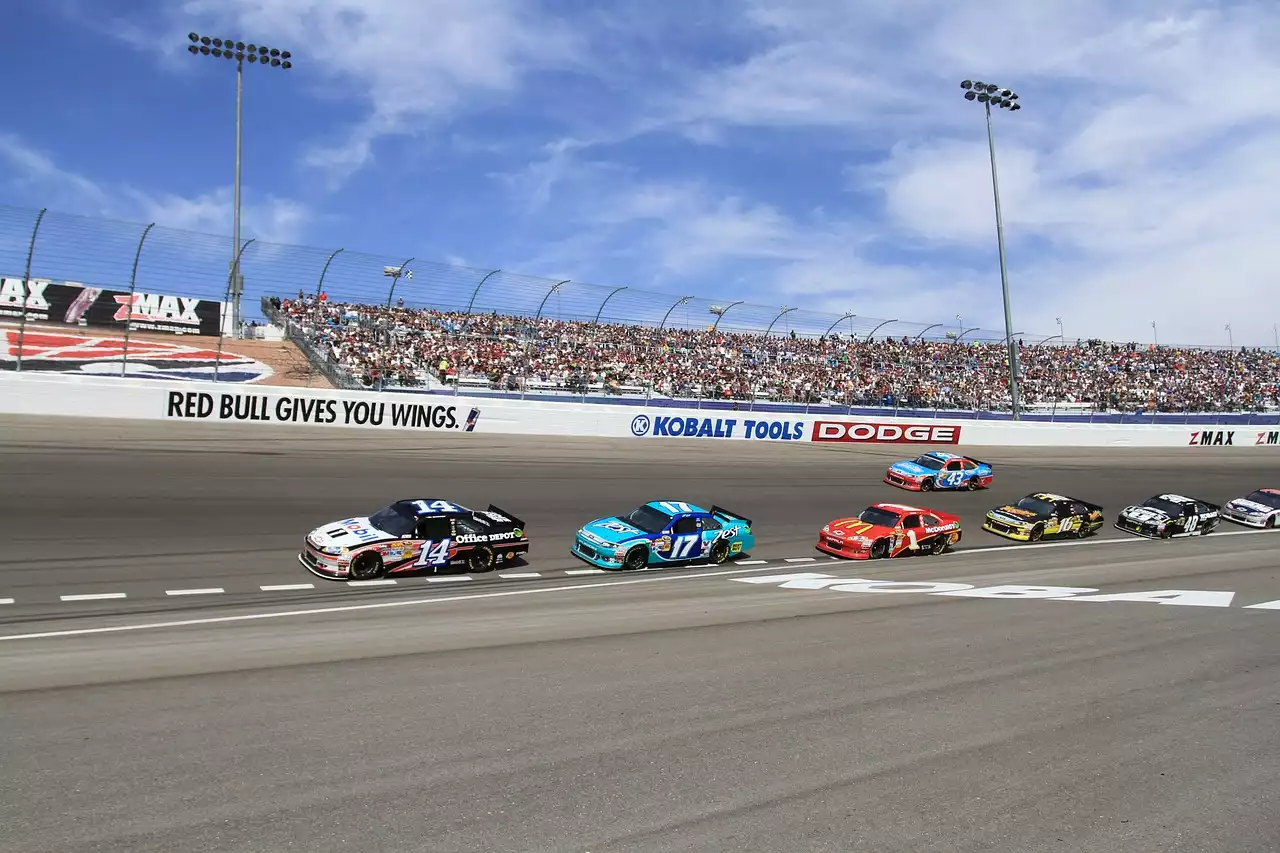
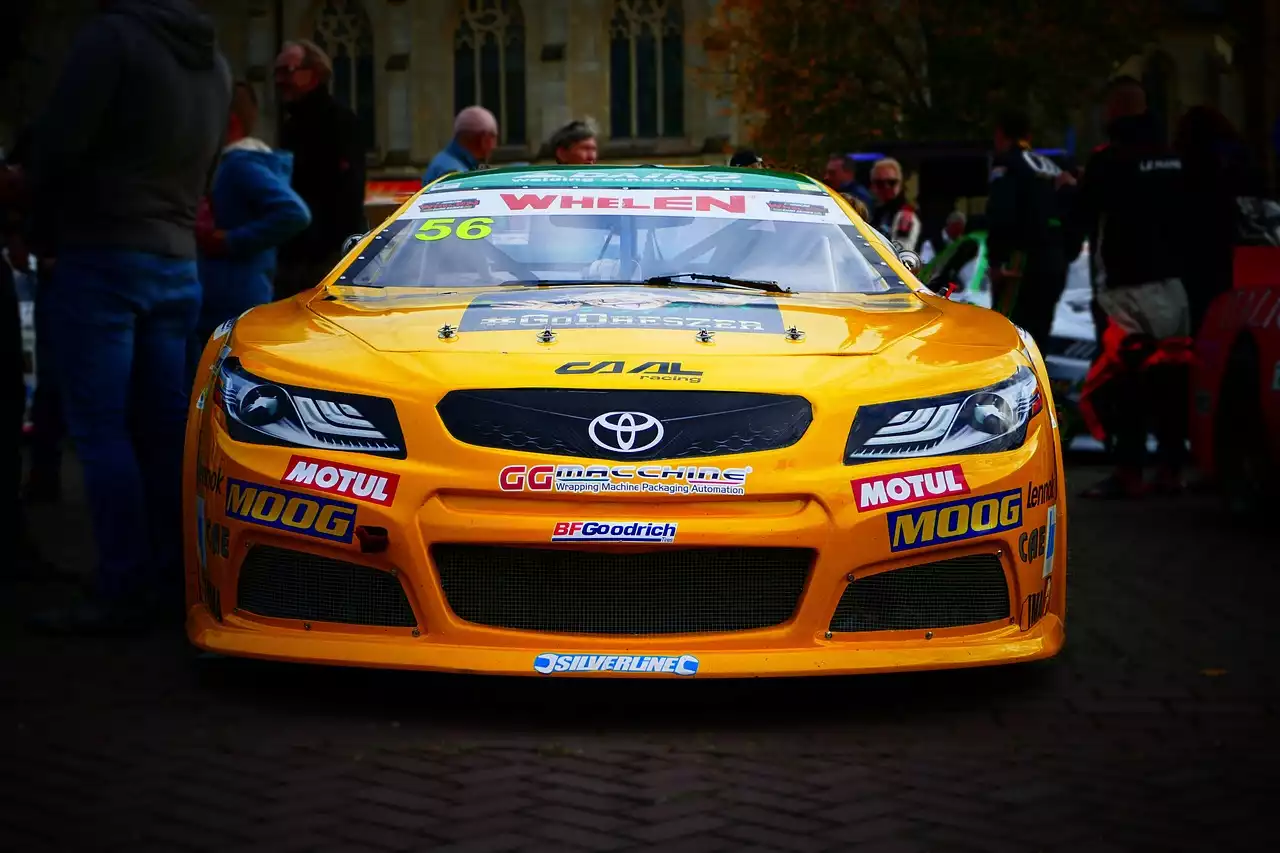
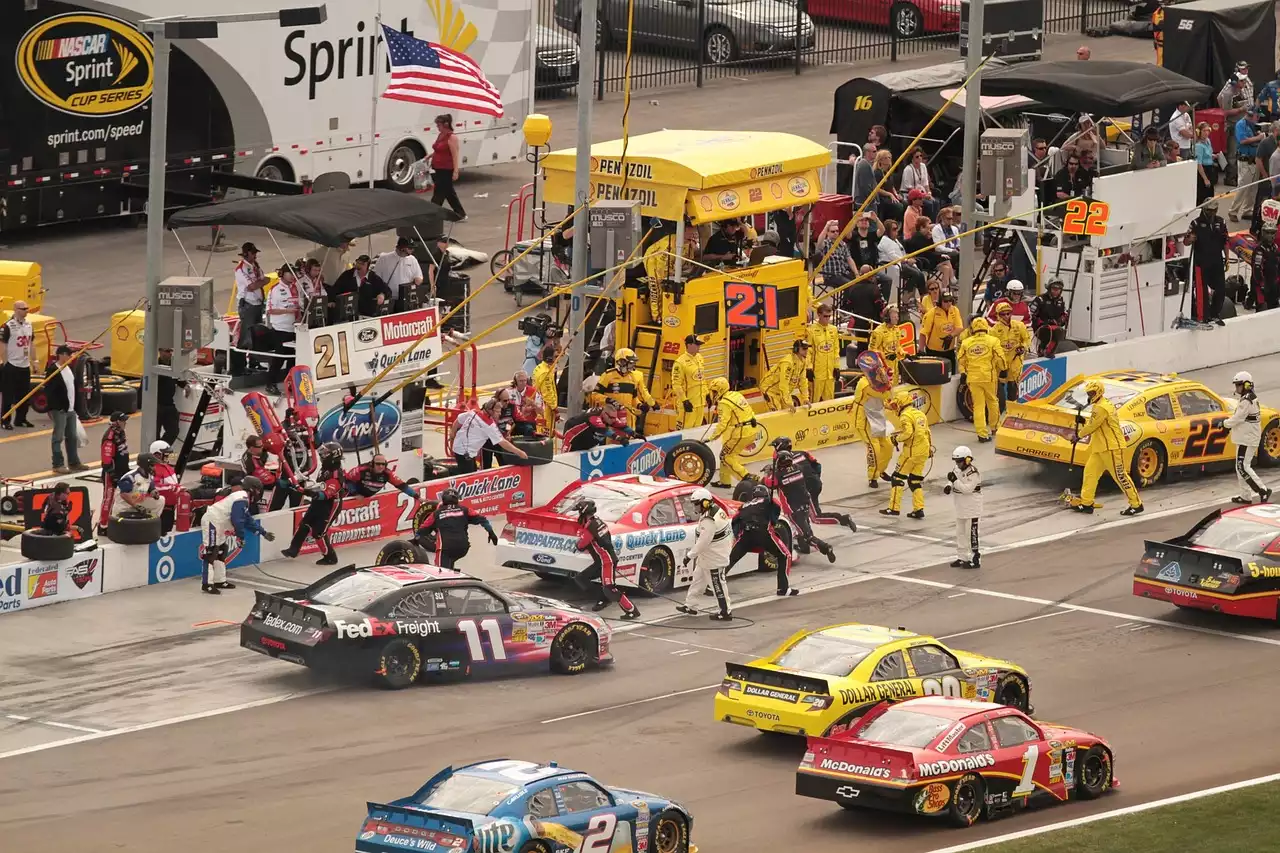
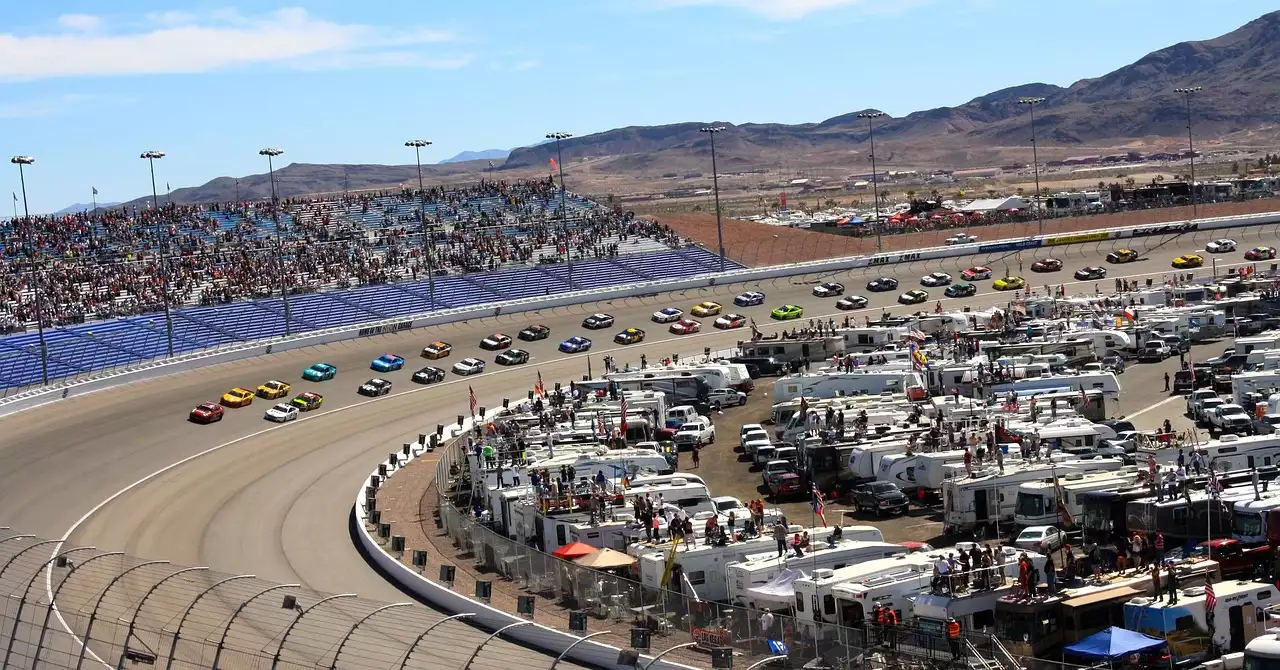
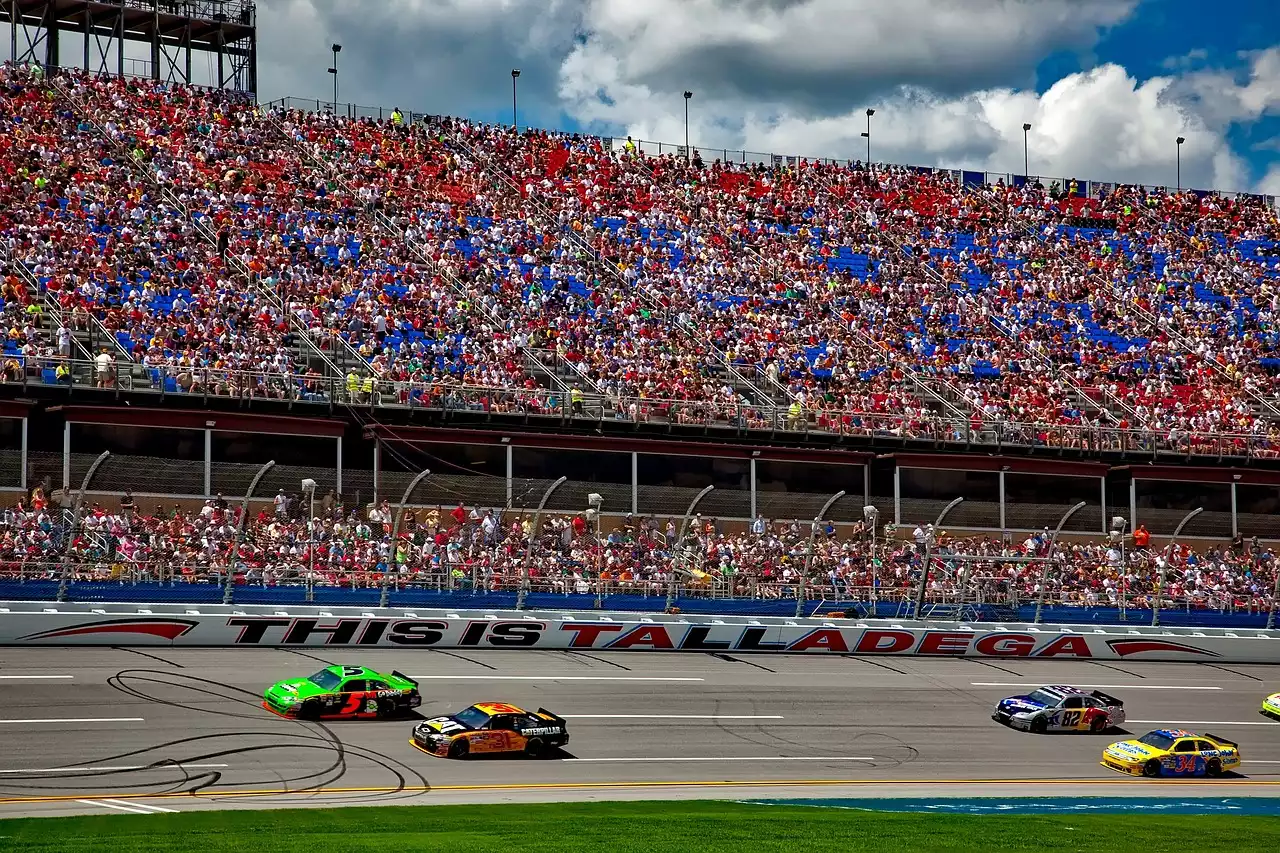





.png?size=50)